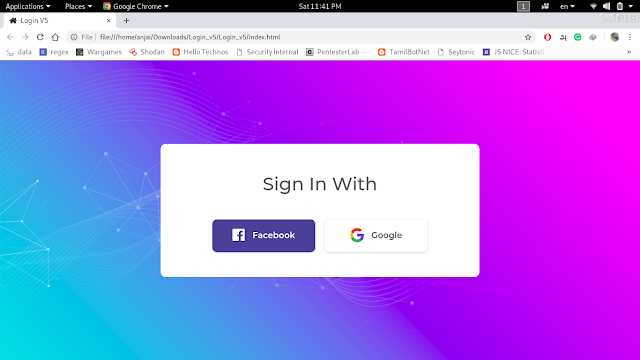BugBounty:- Hidden field reflected XSS on wso2 cloud server (Identity_server, api_manager and etc..)

. a few days back i got a mail from my wso2 Cloud Server account. so i just tried to login my account but i could not. because i forgot my cloud account password. So i was trying to reset my account by using the recovery email method. while i trying rest my account through recovery link, i noticed that URL has a parameter which is reflected to response. hence i had got an idea to check XSS vulnerability on that page. while i am trying to exploit XSS vulnerability, I could able to find "double quotes" are escaped from the filter. then i tried several payloads which only have "double quotes" and javascript event handler. i could not get xss pop up from that webpage. so i was confused. because my request payloads are reflected response without any changes. but XSS is not succeeded. suddenly i have noticed that vulnerable parameter's input type is hidden. thus the javascript event handler is not going to execute because the javascript event handlers will be exe






